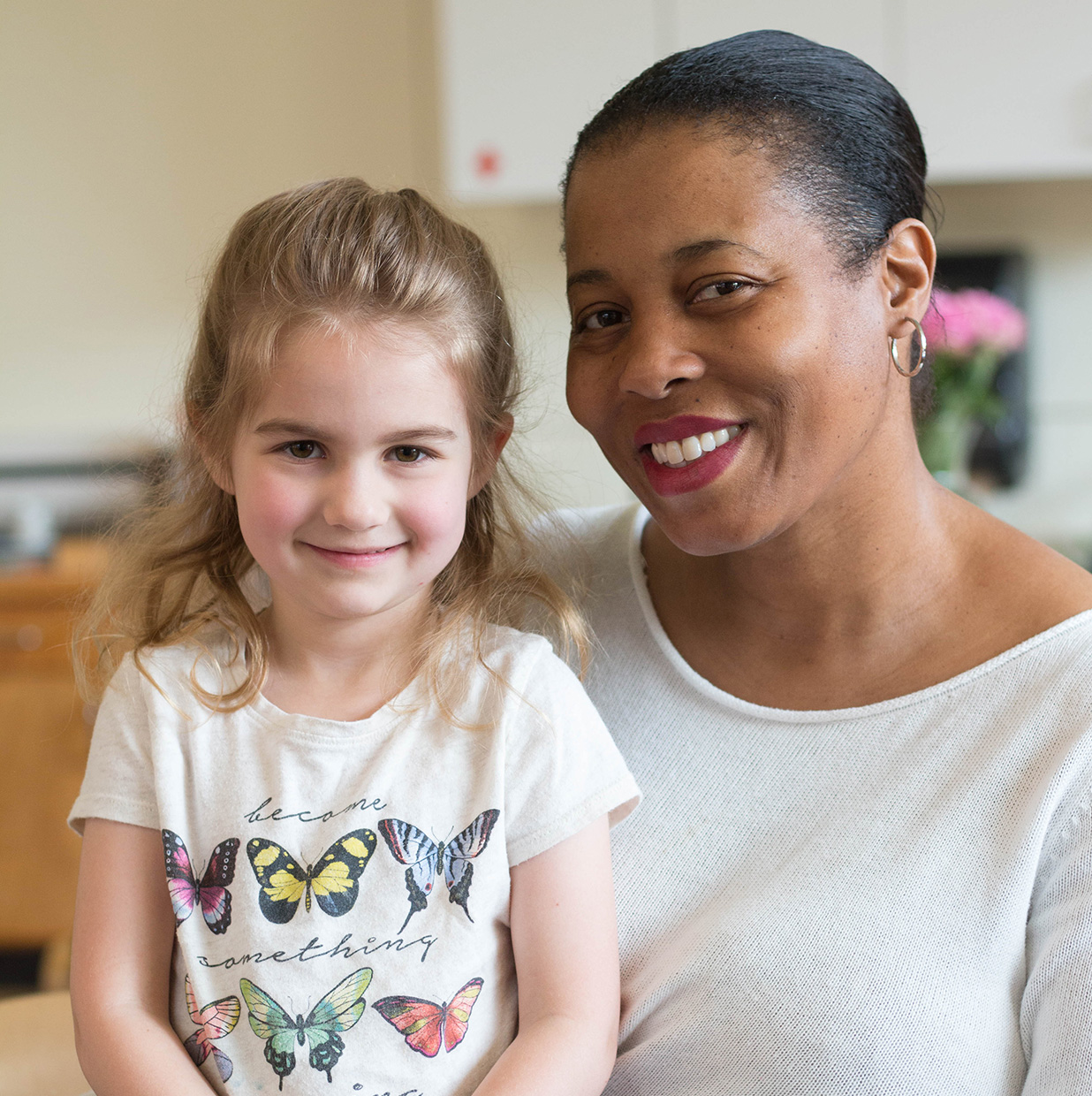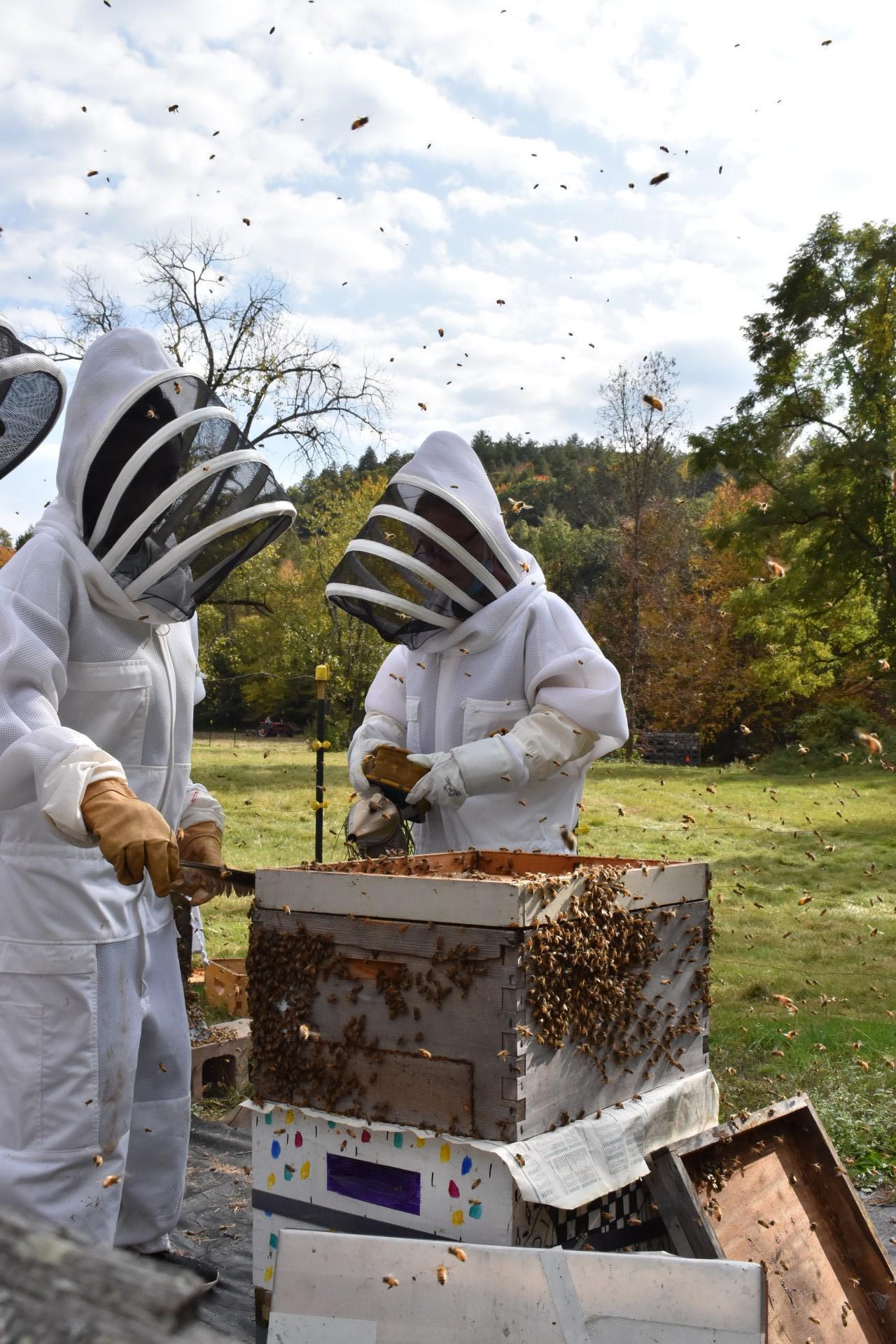The Crowning Year
January 19th, 2018
Montessori literature is full of descriptions of the transformation the Primary child experiences in the final year of the Primary cycle. For some children, the stirrings of change begin at the outset of the third year, while for others, the developmental shift begins later. However, by the time a child completes the Primary cycle – whether in a third or fourth year – the change, and its significance, is unmistakable.
Teachers and parents alike use words such as “transformation…the awakened child…the crowning year...the blossoming child…mystery…magic…mastery…the year it all comes together” to describe the developmental gains, self-awareness and burgeoning creativity that characterize this “capstone year.”
What exactly is going on during this period of intense growth? The teachers I interviewed offered up the same fundamental insight: they see the child move from simply and happily ‘doing work’ to actively, intentionally and joyfully ‘creating their own work’ using the skills they labored so hard to master in the first and second year of Primary.
Just how does a child move from ‘doing work’ to ‘creating work’? What does ‘creating work’ look like? To find out, we’ll follow three separate developmental streams and explore the gains in social, cognitive, and self-management skills that Montessori children make as they move through the Primary cycle. We’ll also see how these streams unite in the third or fourth year and, together, result in the great upwelling of energy and creativity that is the hallmark of the final year.
Social Development: Construction of the Social Self
In the social realm, the third or fourth year Primary child’s focus begins to shift from what Maria Montessori called “the construction of the self” to the “construction of the social self.”
As first- and second- years, Primary children are driven to develop the essential skills they need to successfully navigate the classroom environment. They “construct themselves” by testing and internalizing the classroom’s limits and boundaries, observing and participating in conflicts and resolutions, learning how to take care of the classroom, and adapting to classroom routines.
In keeping with their level of social capability, they typically work alone or side-by-side, but not collaboratively, with classmates.
All the while, however, first and second year children are actively absorbing the social structure and natural hierarchy of the classroom and observe their older classmates working at the highest levels of social competence, responsibility, independence and leadership.
Not surprisingly then, even in these early years, the characteristics, responsibilities and privileges of the third/fourth-year child are something first- and second-year children aspire to and quietly “study.” An oft-heard classroom refrain is, “when I’m a third-year, I’m going to be able to…and I will do…” Third/fourth-year children are universally perceived as models and mentors and as having the skills needed to ‘do it all.’
Therefore, when a child actually becomes a third-year, he or she takes on the role and the work with both seriousness and delight. Third-year Montessori children find that, as they had hoped, they are now in fact the oldest, most experienced and most skilled children in the classroom – and they see the younger children watching, listening to, and counting on them.
In response to these new expectations and to their own inner drive to “construct the social self,” leadership traits and skills begin to emerge. Each child evolves a style suited to her temperament and skills: some take charge, some lead quietly by example, others develop a devoted following simply by being their very own competent and helpful selves.
Third/fourth-year children also begin to work with each other, moving from working side-by-side to experimenting with teamwork and collaboration.
Third/fourth-year leadership and teamwork take many forms and require the exercise of new skills. As teachers and mentors, third/fourth-years help younger children learn how to use classroom materials. As the acknowledged ‘elder statesmen’ of the community, they often step in to resolve conflicts. They uphold classroom norms, living out the grace and courtesy lessons absorbed in the first and second year.
Third/fourth-years also give back to the classroom community in a multitude of practical ways, from helping with coats and jackets, to organizing group activities, to teaching others how to tie their shoes.
Importantly, third/fourth-year children also begin to learn how to put their own needs aside to meet the needs of others. They learn that their work can be interrupted by a three-year old who needs help with classroom materials, that teamwork means listening to others’ ideas, or that helping a younger child can mean delaying one’s rush out the door to recess.
The child begins to let go of his earlier view of himself as the ‘center of the universe’ and increasingly reaches out to participate, with confidence, in a wider, more complex social world.
Cognitive Skills: from Apprenticeship to Mastery
The first two years of Montessori Primary are best characterized as years of apprenticeship. Fascinated by the materials, children acquire skills through repetition, first learning to perform elements of one component of a skill, and then mastering multiple components. With each repetition, the child’s physical skill and control increases, and his understanding of characteristics, patterns and relationships deepens. Skills are consolidated, concepts are absorbed, and the child’s store of knowledge steadily expands.
Having been a diligent apprentice, the third/fourth-year child at last reaps the full benefit of her earlier efforts. With increasing confidence, she begins to combine all components of a skill and applies the skill with increasing ease in the classroom and in daily life. Day-by-day, the number of fully-functioning ‘tools’ in her ‘toolbox’ expands until she is truly a master of multiple skills. Finally – and with characteristic satisfaction and self-possession – the ‘awakened’ third/fourth-year child begins to creatively combine, apply and deploy skills in pursuit of her passions.
For example, one child may use his reading, writing and drawing skills to gather facts and create stories about a favorite animal, place or artist. Another child may orchestrate the use of maps, music and books to immerse himself in a fascinating, far-away time or place. Yet another child will discover that he can use his math skills to plan a group picnic. In sum, the child begins to use his skills as tools and discovers that the classroom is a vast laboratory presenting endless opportunities for learning and doing.
Self Management Skills: Increased Concentration, Self-Discipline & Independence
Working with Montessori materials, first and second-year children also stretch their powers of concentration, strengthen their self-discipline, and steadily increase their independence. Gains in these key self-management skills are deliberately ‘designed in’ to the Montessori experience.
To extend the child’s powers of concentration, teachers continuously present children with work of increasing complexity. Self-discipline grows as children work with materials that require them to focus their attention, attend to their actions, and exert physical control to succeed and progress. Independence grows steadily alongside skill acquisition, as the child finds she can do more and more on her own, and relies on the teacher less and less.
By the third or fourth year, the child’s now well-developed self-management skills function like the secret ingredient in any good recipe, integrating and elevating the entire dish: strong concentration skills make complex work in math and language possible and support extensive cultural activities; the freedoms and responsibilities of the third year inspire and require supreme self-discipline; and independence adds fuel and fire to the creative, possibility-exploring work of the masterful third year child.
The Streams United
“Transformation…the bloom…the crowning year...the awakened child…the blossoming child…mystery…magic…mastery…the year it all comes together.” In the third or fourth year, the child’s hard-won gains in the social, cognitive and self-management spheres combine with dramatic effect.
Drawing on new social capabilities, confidently deploying a wide repertoire of skills, and working from a solid platform of self-management skills, third/fourth-year children increasingly set their own path and take the lead in creating their own work.
They lead and mentor, give back and create community, inspire the younger children, and add to their store of knowledge – all while pursuing their individual passions.
The final year is a phenomenon in its own right. It truly is the crowning year, the “raison d’etre” for all that went before and a fitting reward for the apprentice’s toil.
by Kirsten Fuchs
MSGH Follow the Child
March 2010












